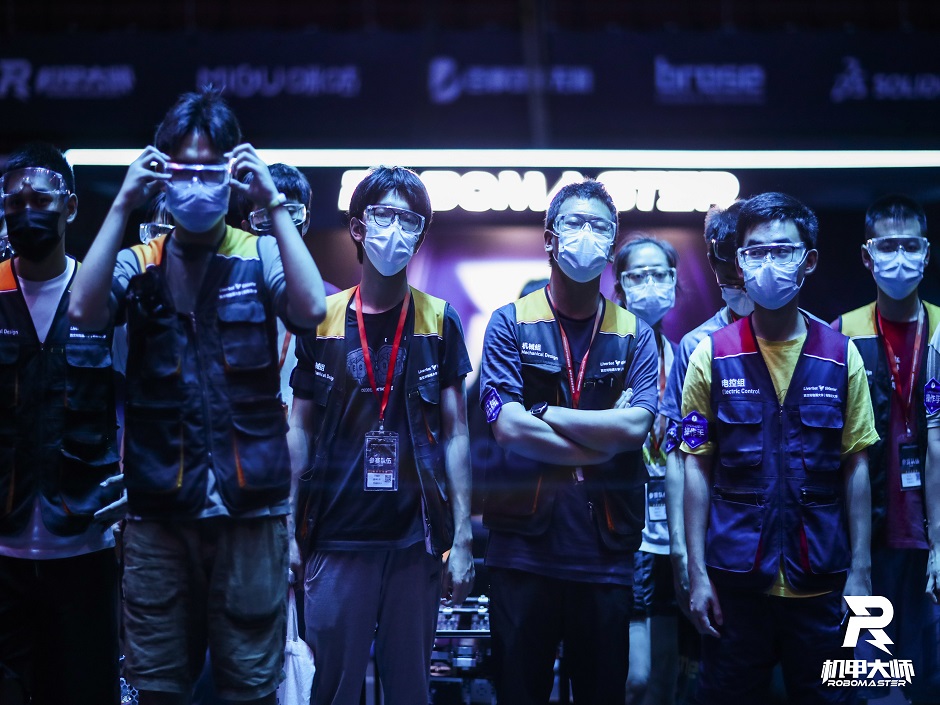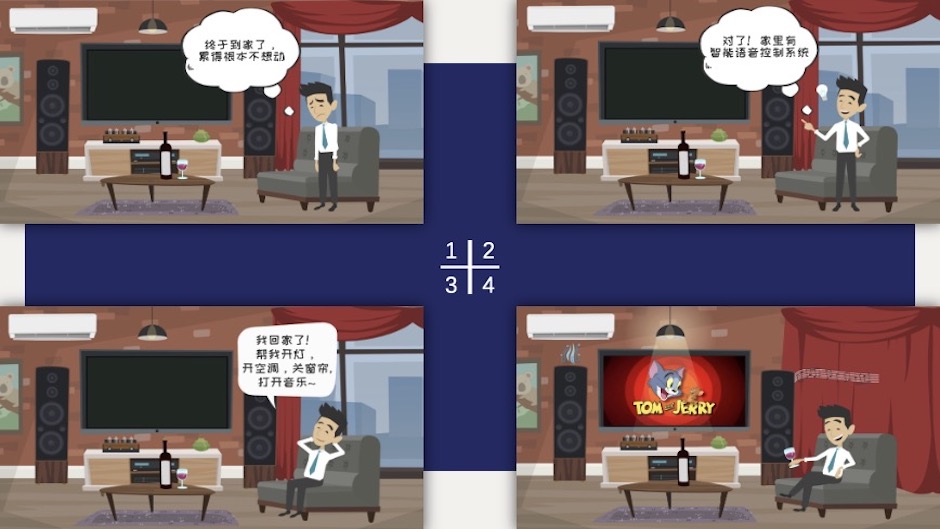16 Feb 2022
An antenna is an essential component of modern electronic devices – it transmits and receives radio signals, enabling communication.
However, as devices become smaller, researchers are under pressure to find new and creative ways of ensuring antennas are fully functional while also taking up as little room as possible.

Two 2021 BEng Electrical Engineering graduates from XJTLU's School of Advanced Technology focused their research on inner-wall antennas, which are antennas that can be fitted onto a device's inner wall.
Their antennas are able to operate on multiple bands, addressing the problem that most inner-wall antennas have – operating at only one frequency band. Working on multiple bands makes communication faster and more stable.
Their findings were included in the proceedings of the 2021 IEEE APS/URSI, the top international academic conference in the field of wireless communication.
Endoscopy without the wires
One of the graduates, Yongmin Luo, focused his research on the antennas in wireless-capsule endoscopes.
The endoscope is a piece of medical equipment widely used in internal examinations, including gastroscopy and colonoscopy. Using a tube with lights and cameras, doctors can see whether there are lesions inside a patient's body before making targeted treatment plans.
"Most existing endoscopes are wired, which can cause a lot of pain when they are put in and taken out,” explains Luo. “Thus, wireless endoscopes, which take the form of a capsule to be swallowed by the patient, are gaining researchers' attention.”
After taking pictures of the human alimentary tract, the wireless capsule endoscope will transmit the images to a computer, allowing the doctors to diagnose them rapidly.
“I made a 17mm x 30mm rectangular conformal antenna (an antenna that takes the shape of what it’s in) that can be bent into a cylinder and attached to the inner wall of the capsule shell. The capsule is necessarily quite small, since it has to be swallowed, and placing the antenna in the inner walls allows enough room for the batteries, circuits, cameras, and other equipment," says Luo.
The planar and conformal structure of the capsule antenna
In addition to saving space, the antenna Luo designed can send and receive signals at several different frequency bands, making the transmission of information faster and more convenient.
"However, the outer wall of the capsule will be in direct contact with the human body, and thus the material must be harmless and able to reduce the radiation emitted by the antenna," adds Luo. "With these practical factors in mind, I chose alumina ceramics as the outer-wall material. It's a synthetic chemical material and should be safe to use, but it should undergo more rigorous testing before being put into everyday use."
A loop antenna for smartwatches
Junliang Li, another recent graduate, explored antennas for smartwatches.
Li designed an antenna that can be used as the metal frame of a smartwatch. The ring-shaped antenna loop forms the case for the dial, which helps save space, and the antenna can fit into watches of almost all shapes.
Li says, "The antenna is a thin copper sheet and is not strong enough to form the case on its own. To solve this problem, I made a supporting pillar through 3D printing and put it inside the antenna dial to maintain the shape."

The copper antenna is placed around a 3D printed ring to form the smartwatch case
The smartwatch antenna Li designed can be used for both Bluetooth and 5G communication.
"Bluetooth and 5G work at different frequency bands, and they can have wider coverage and a stronger anti-interference ability when operating at their respective bands. Therefore, the antenna is required to perform well at both.
"The adjustment was quite challenging – before making the real thing, I used CST Studio Suite to simulate the parameters of the antenna, including the diameter and radius of the watch and the thickness of the frame. After repeated tests, I found the optimum parameter values, and the antenna could then be made with less cost and more accuracy," says Li.
"The research experience during my undergraduate years has served as an important guide for me. It gave me a general knowledge of antenna studies, which was quite helpful when I applied for postgraduate programmes and internships. Making and testing antennas in the Radio Frequency Testing and Manufacturing Laboratory at School of Advanced Technology also makes me realise that technologies can complement each other to promote innovations and inventions that can facilitate people's lives," he added.
Both Yongmin Luo and Junliang Li are graduates of BEng Electrical Engineering, and both of them are now pursuing their masters degrees abroad.
Luo is now studying MSc Optics and Photonics at Imperial College London, and Li is majoring in Electrical Engineering Signal-and-Image-Processing at the University of Southern California.
By Huatian Jin
Edited by Patricia Pieterse
Translated by Xueqi Wang
16 Feb 2022
RELATED NEWS

Best score ever: Undergraduates from XJTLU and UoL win second prize in RoboMaster 2021
At the 2021 RoboMaster University Championship held in Shenzhen, G-Master, an international undergraduate student team whose members come from Xi’an Jiaotong...
Learn more

Two undergraduate teams win top prizes at CIMC
In the finals of 2021 Siemens Cup China Intelligent Manufacturing Challenge (CIMC), two undergraduate teams from Xi’an Jiaotong-Liverpool University won the ...
Learn more







